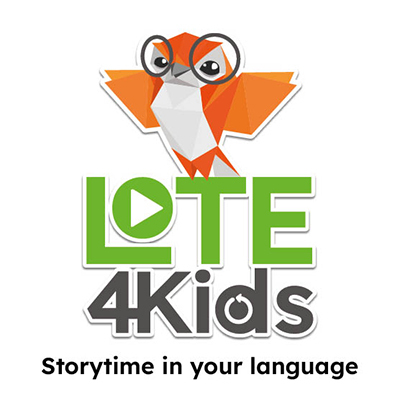Did you know that our state lies on the ancestral lands of the Chickasaw nation, the Otoe-Missouria tribe, the Illini tribe, the Osage nation, the Ioway tribe and the Quapaw tribe? In last year’s blog recognizing Indigenous People’s Day, we learned a bit about Missouri’s Native heritage and featured some excellent picture book picks by Native authors. This year, I wanted to switch gears and highlight some chapter books!

All of the books in this list are written by authors who identify as Indigenous and come highly recommended by various Native American cultural groups and civil rights organizations. Several of these are recent publications from Heartdrum, a children’s and YA publishing imprint curated by Native author Cynthia Leitich Smith. More and more publishers are beginning to raise up Native voices, and it’s so exciting to finally see these underrepresented authors get the recognition they deserve. Please join us as we honor this year’s celebration and remembrance of Indigenous people past and present with a selection of chapter books for middle-grade readers!
“Jo Jo Makoons: The Used-to-be Best Friend” by Dawn Quigley (Turtle Mountain Band of Ojibwe)
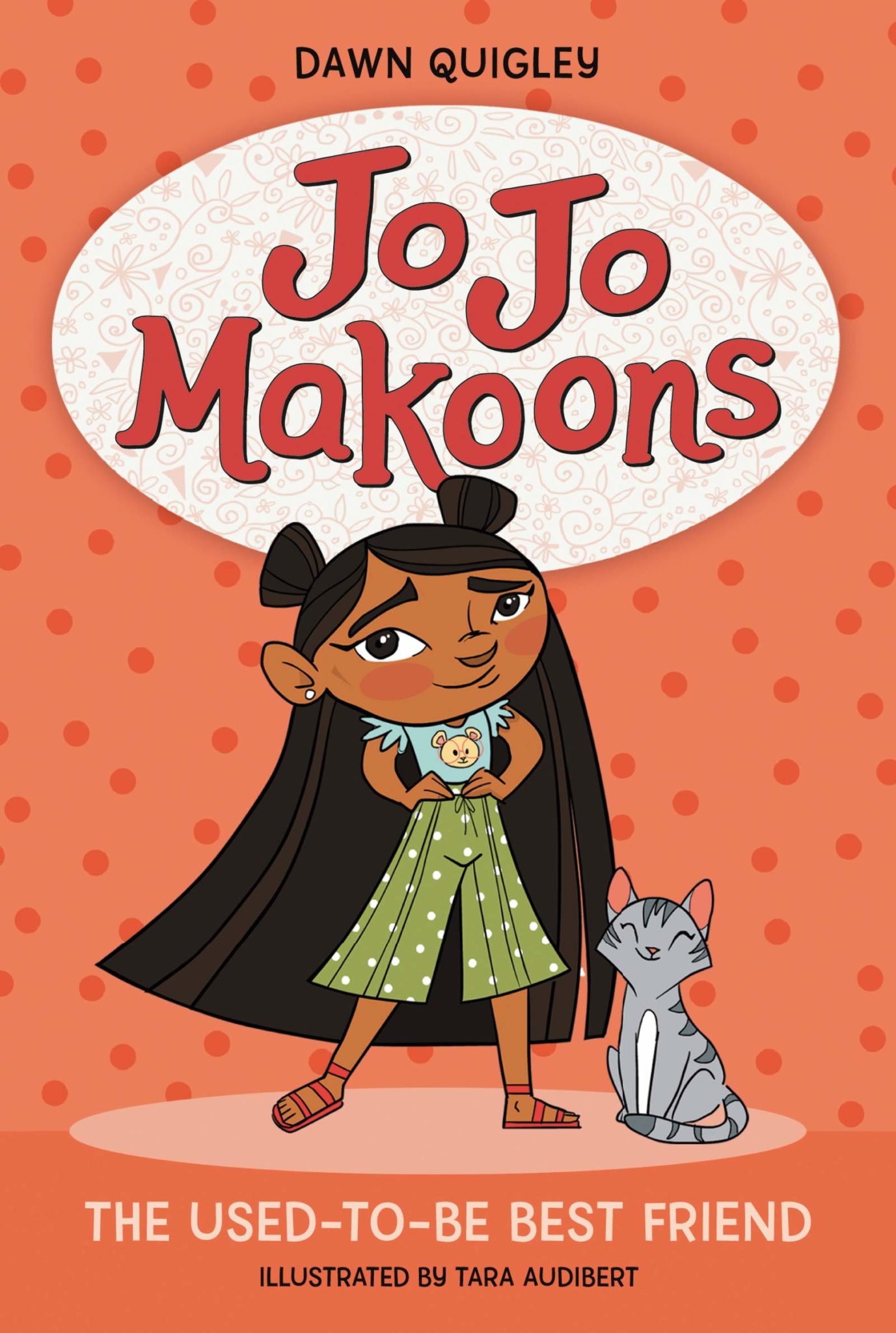 Chapter books for early readers have long been dominated by the silly, sassy likes of Junie B. Jones and Ramona Quimby, and Jo Jo Makoons is finally here to join their ranks! In this series opener, seven-year-old Jo Jo lives on an Ojibwe reservation with her mom, grandma and #1 best friend — Mimi the cat! But when Jo Jo’s #2, a girl named Fern, seems to be drifting away at school, Jo Jo realizes she might need to expand her friendship horizons just a bit, and of course, shenanigans ensue! The illustrations throughout are dynamic and quirky, a perfect match for Jo Jo’s unique spirit. She’s also proud to share her culture and language; as Jo Jo reminds us, “If you can say Tyrannosaurus rex, you can say nindizhinikaaz!” Relatable, educational and thoroughly charming, “Jo Jo Makoons” is a fun and easy way to diversify your young reader’s bookshelf.
Chapter books for early readers have long been dominated by the silly, sassy likes of Junie B. Jones and Ramona Quimby, and Jo Jo Makoons is finally here to join their ranks! In this series opener, seven-year-old Jo Jo lives on an Ojibwe reservation with her mom, grandma and #1 best friend — Mimi the cat! But when Jo Jo’s #2, a girl named Fern, seems to be drifting away at school, Jo Jo realizes she might need to expand her friendship horizons just a bit, and of course, shenanigans ensue! The illustrations throughout are dynamic and quirky, a perfect match for Jo Jo’s unique spirit. She’s also proud to share her culture and language; as Jo Jo reminds us, “If you can say Tyrannosaurus rex, you can say nindizhinikaaz!” Relatable, educational and thoroughly charming, “Jo Jo Makoons” is a fun and easy way to diversify your young reader’s bookshelf.
“Rez Dogs” by Joseph Bruchac (Nulhegan Abenaki)
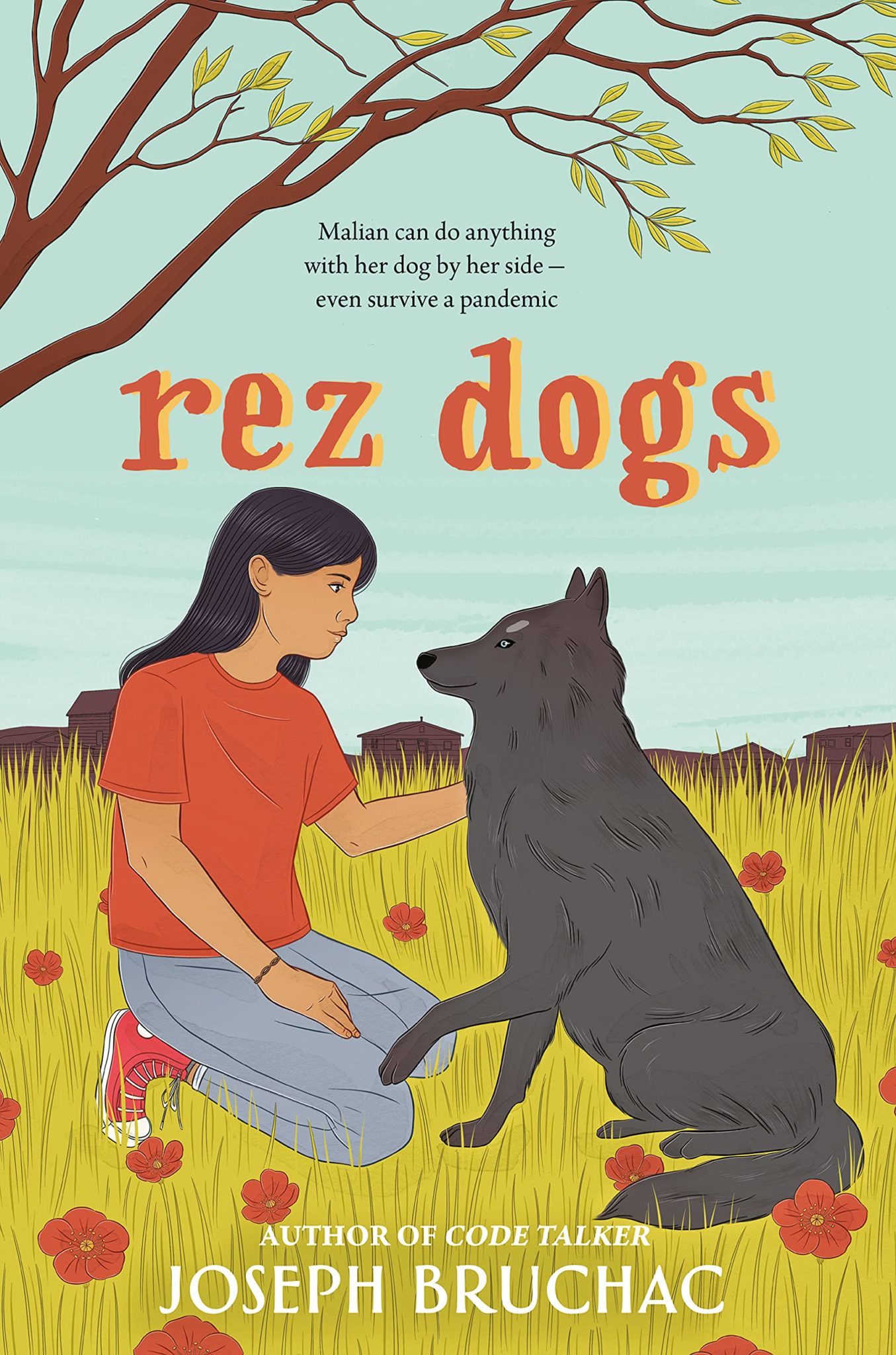 Joseph Bruchac has a whole collection of excellent books featuring Indigenous kids to his name, and his most recent work emphasizes the challenges these communities have faced during the COVID-19 pandemic. In this novel-in-verse, 12-year-old Malian is stuck sheltering-in-place during a visit to her grandparents’ Wabanaki reservation. The pandemic brings a whole new set of challenges to the community, like stretched-thin health services and unreliable Wi-Fi. Her grandparents recount their tribe’s stories to her, and Malian can’t shake the feeling that history is once again repeating itself. But when a so-called “four-eyed dog” with white spots above his eyes appears on their doorstep, Malian takes it as a sign of hope. With gentle lyricism, author Bruchac both acknowledges the struggles of the past as well as looks toward a brighter future for Native communities.
Joseph Bruchac has a whole collection of excellent books featuring Indigenous kids to his name, and his most recent work emphasizes the challenges these communities have faced during the COVID-19 pandemic. In this novel-in-verse, 12-year-old Malian is stuck sheltering-in-place during a visit to her grandparents’ Wabanaki reservation. The pandemic brings a whole new set of challenges to the community, like stretched-thin health services and unreliable Wi-Fi. Her grandparents recount their tribe’s stories to her, and Malian can’t shake the feeling that history is once again repeating itself. But when a so-called “four-eyed dog” with white spots above his eyes appears on their doorstep, Malian takes it as a sign of hope. With gentle lyricism, author Bruchac both acknowledges the struggles of the past as well as looks toward a brighter future for Native communities.
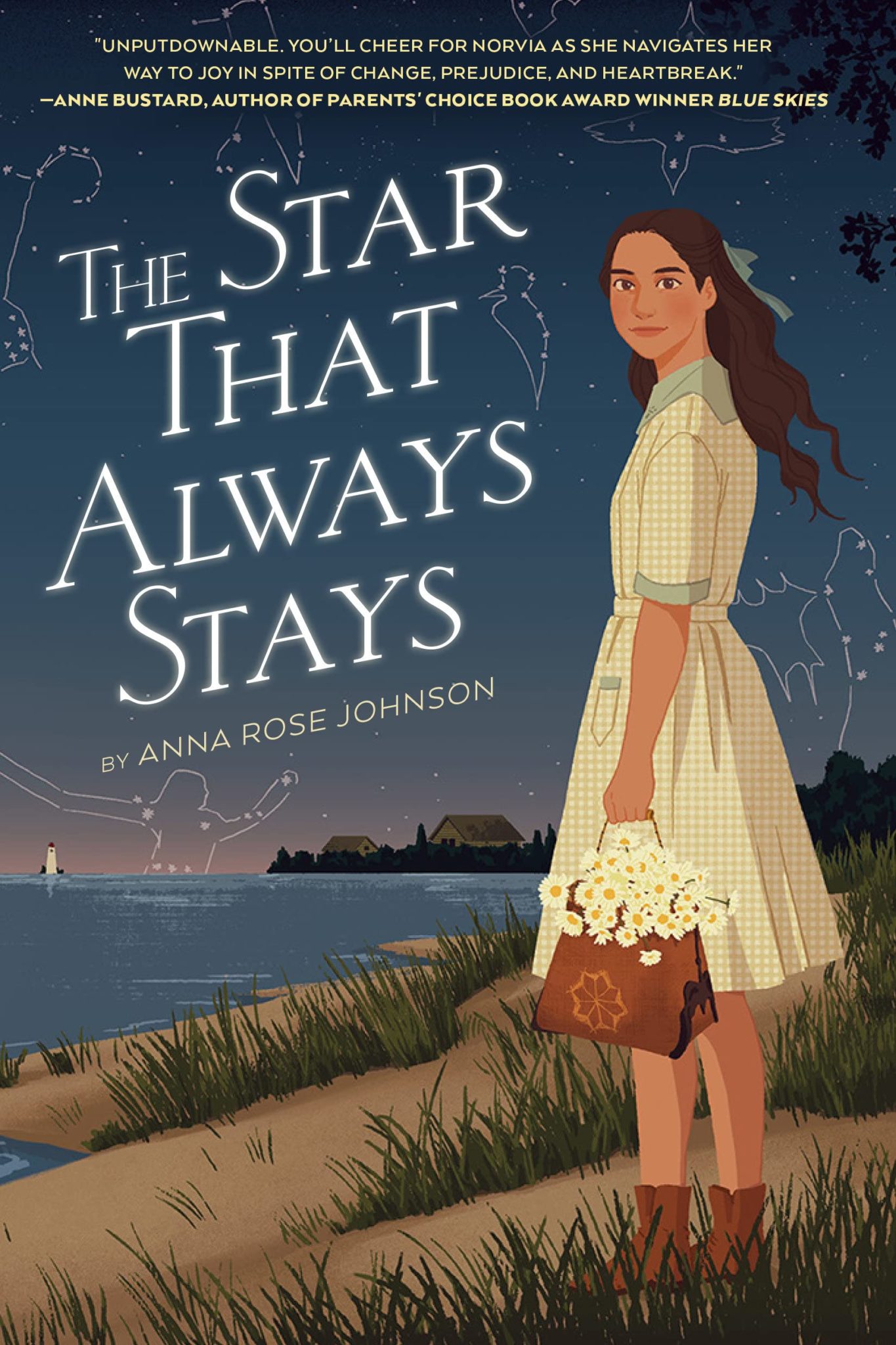 “The Star That Always Stays” by Anna Rose Johnson (Sault Ste. Marie Tribe of Chippewa Indians)
“The Star That Always Stays” by Anna Rose Johnson (Sault Ste. Marie Tribe of Chippewa Indians)
It’s 1914, and Norvia lives on Beaver Island, Michigan, connected to the land around her and surrounded by the love and stories of her Ojibwe community. But when her mother remarries a white man, the whole family must move to the mainland and is forced to keep their Indigenous identity a secret. As she starts school and rumors begin to swirl about her family’s past, Norvia finds solace in the courageous stories of her favorite fictional heroines. She must learn to navigate complicated new family dynamics, protect herself from a prejudiced community and decide what her Ojibwe identity will mean to her going forward. Based on author Johnson’s own family history (there’s even a collection of family photographs in the back) and told in the tradition of 19th and 20th-century novels like “Anne of Green Gables” and “Little Women,” Norvia’s story already feels like a classic.
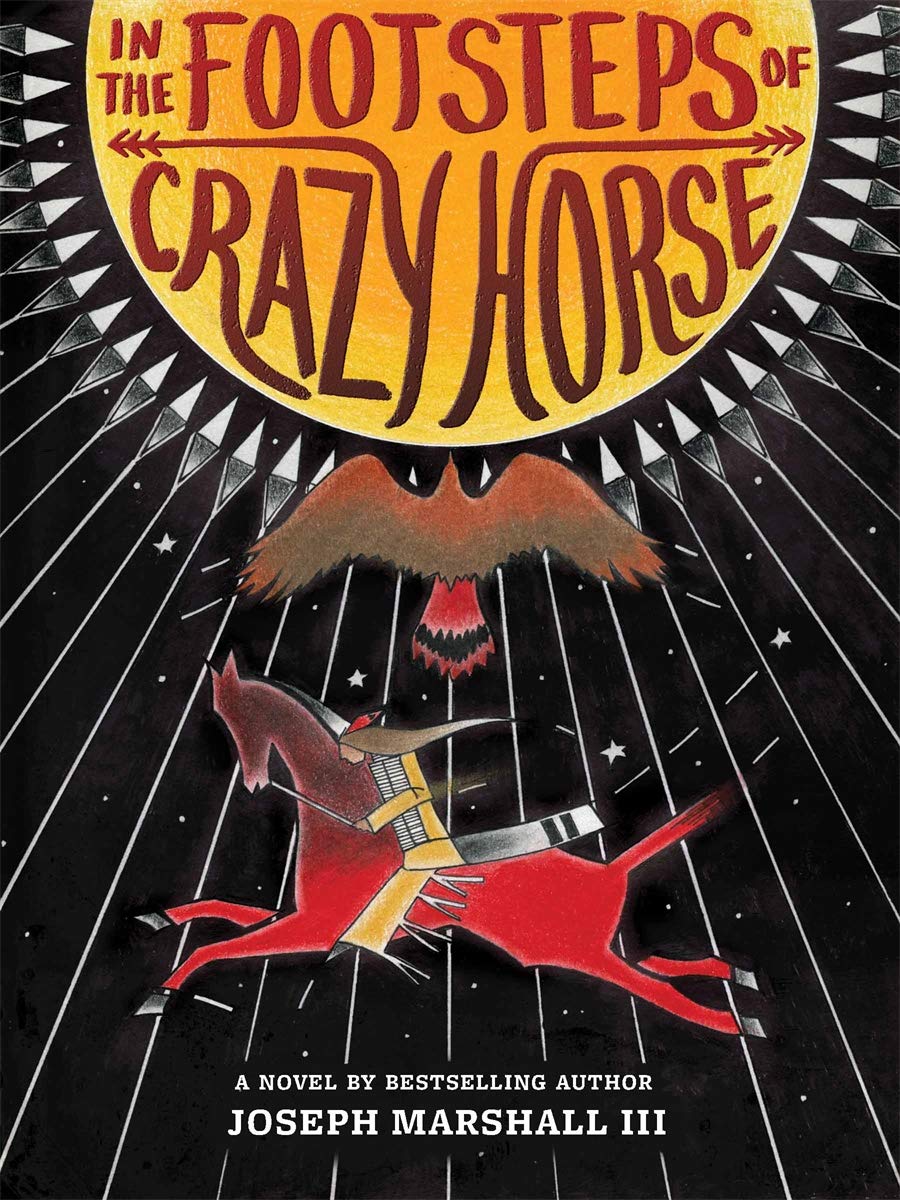 “In the Footsteps of Crazy Horse” by Joseph M. Marshall (Rosebud Sioux, Lakota)
“In the Footsteps of Crazy Horse” by Joseph M. Marshall (Rosebud Sioux, Lakota)
Eleven-year-old Jimmy may not look like it, but he’s three-quarters Lakota. With his light skin and blue eyes, Jimmy stands out for all the wrong reasons at his school on the Rosebud Sioux Reservation. Feeling adrift in his identity and ready for a break from the relentless bullying, he joins Grandpa Nyles on a summer road trip across the Plains. While on the road, Grandpa Nyles introduces Jimmy to a surprising Lakota figure he just might relate to: the legendary Crazy Horse! With stops at sites like Ft. Laramie, the Oregon Trail and the Little Bighorn battlefield, Grandpa Nyles recounts their tribe’s history and the events that shaped Crazy Horse into the brave leader we remember today, and Jimmy considers what it means to carry on this legacy. A creative blend of fiction and nonfiction, this is an awesome pick for history buffs and biography fans looking to dive into our nation’s story from a Native point of view.
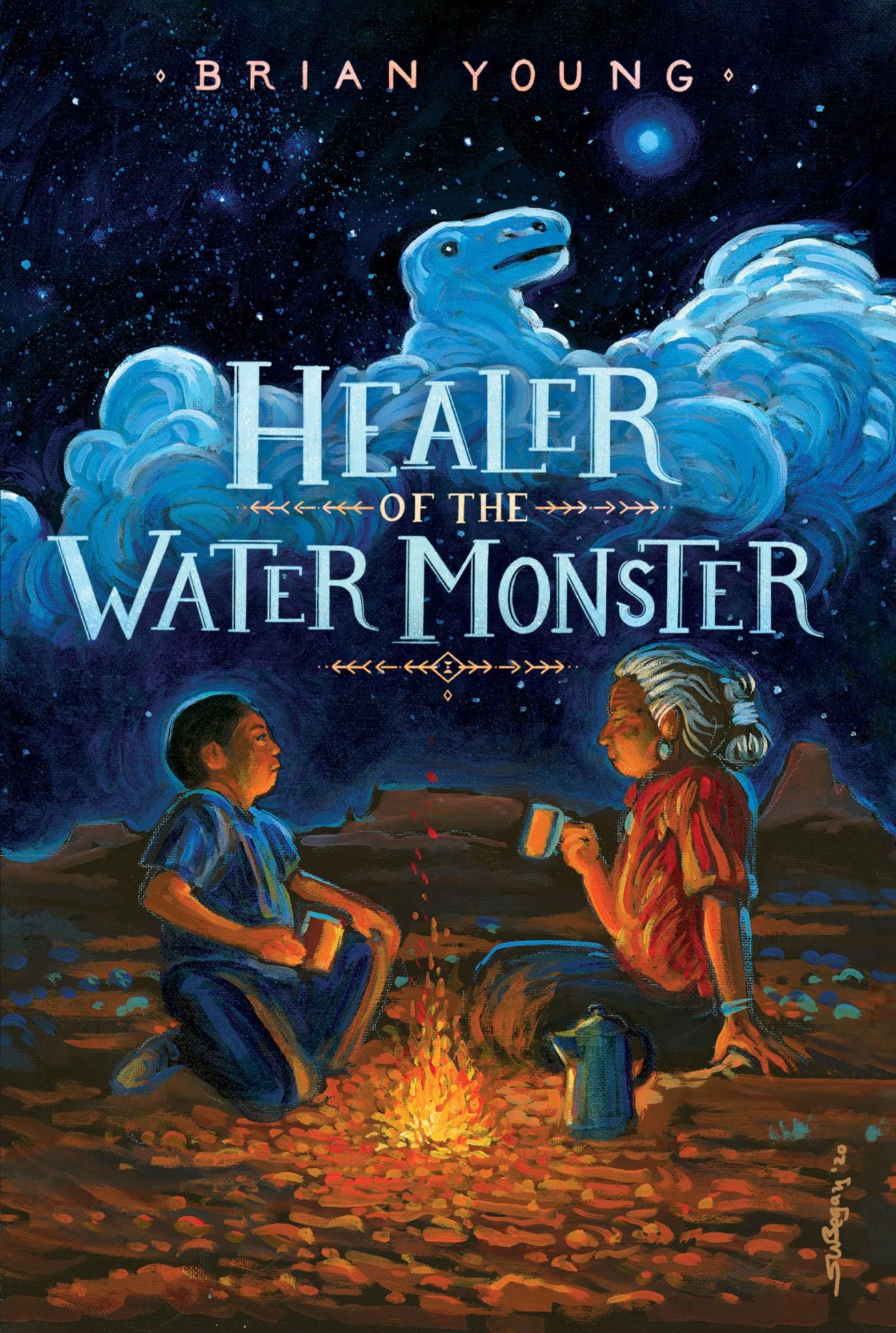 “Healer of the Water Monster” by Brian Young (Navajo Nation)
“Healer of the Water Monster” by Brian Young (Navajo Nation)
Nathan isn’t thrilled about spending the summer at his grandmother Nani’s mobile home on a Navajo reservation. With no electricity or running water, Nathan occupies his time tending to his garden of corn plants. That is, until his quiet summer is interrupted when he spots a strange-looking horned toad stealing seeds from his garden. What Nathan discovers is about to turn his life upside down — the toad is a real-life Water Monster of Navajo lore, and its sickness has caused a decades-long drought. With the help of the other Holy Beings, it’s up to Nathan to venture into the Third World in search of healing, both for the dry land and for his hurting family. In this immersive adventure tale, author Brian Young highlights the spiritual traditions which knit together Navajo past and present. Hand this to your kid who can’t get enough of “Percy Jackson” or Rick Riordan Presents!


